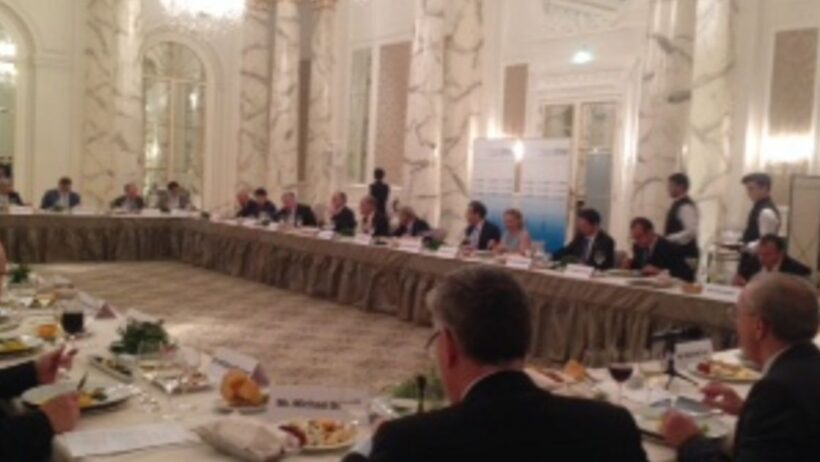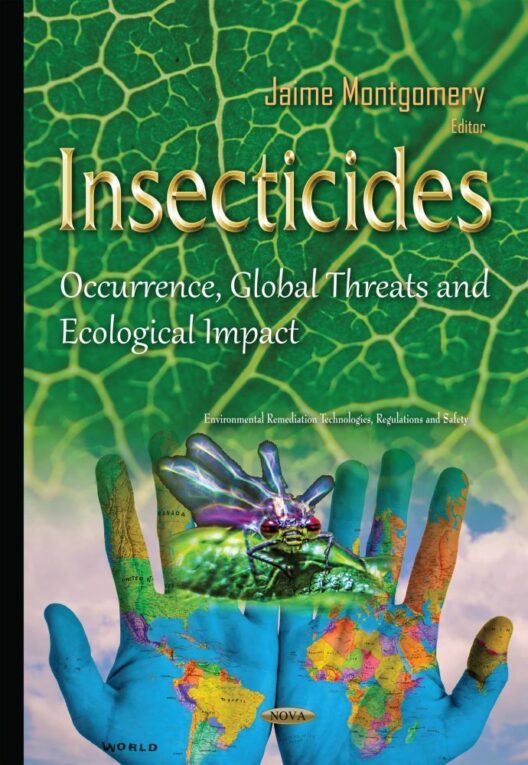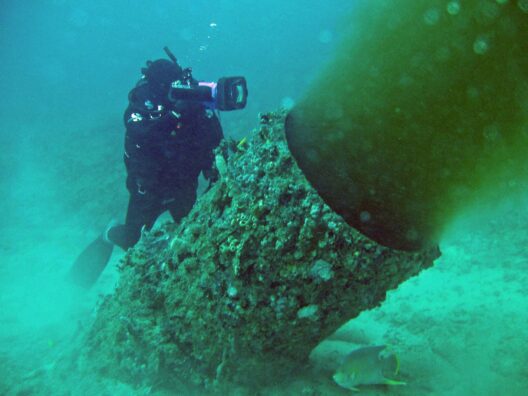Energy diversification and conservation are pivotal concepts in today’s quest for sustainable energy security. As the world grapples with alarming climate changes and fluctuating energy prices, an inquisitive question arises: What happens when our primary energy sources dwindle or become excessively costly? This scenario not only necessitates immediate action but presents an opportunity for innovation and resilience in energy management.
At its core, energy diversification refers to the strategy of varying the sources of energy within a country’s energy portfolio. This can include harnessing renewable sources like solar, wind, and hydroelectric power, alongside traditional fossil fuels such as coal, oil, and natural gas. The end goal? To mitigate risks associated with dependence on a singular energy source and enhance national energy security.
Energy conservation, on the other hand, involves the judicious use and efficient management of energy resources. By minimizing waste and adopting sustainable practices, we can significantly reduce energy consumption while fulfilling our energy needs. The harmonious interaction of these two strategies equips societies to face the energy demands of the future, all while safeguarding environmental integrity.
Why consider energy diversification? The answer lies in several compelling factors:
- Reliability: A varied energy portfolio can help stabilize energy supply, minimizing disruptions caused by geopolitical conflicts, natural disasters, or market fluctuations.
- Environmental Sustainability: By integrating renewable energy options, societies can diminish their carbon footprints, aiding in the fight against climate change.
- Economic Stability: Diversification creates energy competition, which can lead to lower prices for consumers and stimulate economic growth through innovations and job creation in new energy sectors.
- Technological Advancement: Pursuing diverse energy sources fosters research and development, driving advancements in energy technology and infrastructure.
However, transitioning to a diversified energy paradigm is not without its challenges. One significant hurdle is the current dominance of fossil fuels in the global energy market. They provide around 80% of the world’s energy consumption, a figure that heightens the difficulty of shifting toward renewable sources.
Moreover, there’s the inertia of existing infrastructure. Much of today’s energy system is heavily reliant on coal and natural gas, steering away from initiatives that favor diversification. Transitioning requires significant investments in new technologies and infrastructure to accommodate renewable energies, which may deter initial interest due to high upfront costs.
Despite these obstacles, nations can actively promote diversification through progressive policies and incentives. Investment in renewable energy installations, tax credits for energy-efficient technologies, and subsidies for research into alternative energy forms are among the most effective strategies. These initiatives not only catalyze innovation but also galvanize public support for energy transition, reinforcing a collective commitment to sustainability.
Energy conservation also plays an essential role in enhancing energy security. Implementing measures that improve energy efficiency is one of the most immediate steps a society can take. From smart grid technologies to better insulation in homes, energy efficiency can drastically cut consumption without compromising comfort or productivity.
Another facet of conservation involves educating consumers. Understanding the importance of energy conservation leads to informed choices. Simple actions—like switching off appliances when not in use, or utilizing public transportation instead of driving—can collectively lead to a profound decrease in energy consumption. However, influencing behavior and instilling a conservation ethos within communities typically necessitates cultural shifts that are not easily achieved.
Consider the bustling cities that thrive chronically on fossil fuels. Can we induce these metropolises to embrace sustainability? Perhaps a playful challenge could serve as a catalyst: what if cities were tasked to cut their fossil fuel dependence by 50% in a decade? This audacious goal could spur innovative solutions—such as more extensive public transport systems, increased bicycle paths, and heightened awareness of energy consumption practices—foreshadowing a future of integrated urban energy systems.
The interrelationship between energy diversification and conservation can be illustrated through the concept of smart energy networks. These networks utilize data analytics and IoT (Internet of Things) technologies to optimize energy generation and consumption. With real-time data, consumers can adjust their energy use according to availability and cost, aligning demand with renewable supply. This synergy could lead to a more resilient energy system capable of adjusting to power fluctuations without the need for additional fossil fuel imports.
Reflecting on the path ahead, the question remains: how can society pragmatically embrace the intricate dance of energy diversification and conservation while ensuring equitable access to resources? It’s imperative that all stakeholders—governments, businesses, and individuals—collaborate to create an inclusive energy landscape. This partnership can cultivate innovations that dismantle barriers currently hindering sustainability efforts.
In conclusion, energy diversification and conservation are more than mere strategies; they represent a formidable shield against future energy insecurities. Embracing a diversified energy future not only promotes stability and sustainability but also champions technological and economic development. As we deliberate on the challenges and explore these solutions, the global community stands at a critical juncture poised to redefine energy use for generations to come.







